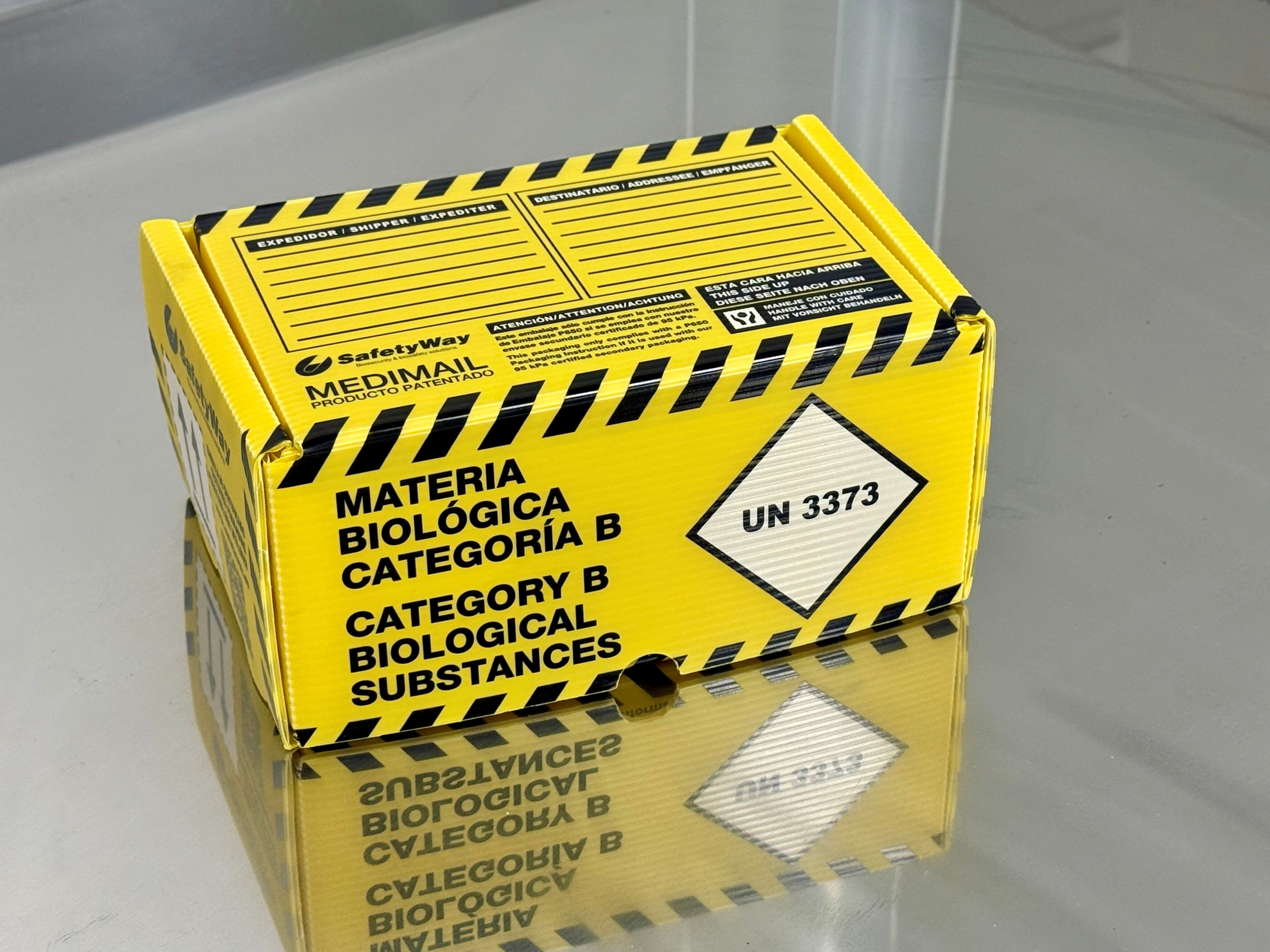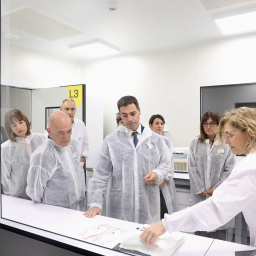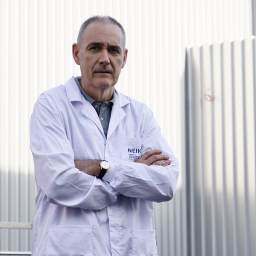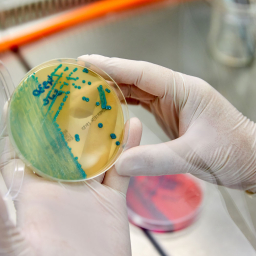NEW
What is a Biosafety Level 3 Laboratory?
3 November 2025Biological containment laboratories are crucial facilities designed to work with agents that pose varying levels of risk. Their main purpose is to protect research staff, the environment and the community from potential exposure or accidental release. Among these facilities, BioSafety Level 3 Laboratories (BSL3), also known as P3 laboratories, are one of the safest and most controlled environments for researching dangerous pathogens.
International biosafety classification
Laboratories are classified internationally into four categories, from P1 to P4, following the guidelines of organisations such as the World Health Organisation (WHO) and the Centre for Disease Control and Prevention (CDC). This classification is essential, as it determines the types of agents that can be handled and the measures necessary to ensure their containment.
- Level P1: This is the most basic level and is intended for microorganisms that do not cause disease in healthy people, applying only standard microbiological practices.
- Level P2: This allows work with moderate-risk agents that may affect staff but pose a low risk to the community. It incorporates the use of biological safety cabinets and protective clothing.
- Level P3 (BSL3): Safety measures are intensified, as pathogens that can cause serious or potentially fatal diseases are handled, although with low community risk as effective treatments or vaccines exist.
- Level P4: This represents the highest level of containment and is reserved for extremely dangerous agents, such as the Ebola virus, for which there are no therapeutic or preventive measures.
Key containment features of BSL3 facilities
As the level of biosafety increases, facilities must incorporate more complex measures. In the case of P3 or NCB3 laboratories, this translates into a design and operation specifically geared towards preventing the release of hazardous biological material.
This level of containment is necessary because these laboratories handle airborne pathogens, such as those responsible for tuberculosis or avian influenza, many of which are zoonotic, capable of affecting both animals and humans. To prevent the escape of these agents, laboratories combine structural, technological and operational elements that work in a coordinated manner to ensure a safe environment.
Air control: negative pressure and HEPA filtration
Air control is a fundamental pillar of safety in these facilities.
- Constant negative pressure: P3 laboratories maintain constant negative pressure. This means that air from outside flows inwards in the event of a breach (such as a door being opened), preventing contaminants from escaping to the outside.
- HEPA filtration: The air is filtered using HEPA (High Efficiency Particulate Air) systems, which are capable of retaining even the smallest particles of biological agents.
- Redundant systems: Critical systems, such as ventilation and filtration, have redundant mechanisms, ensuring continuity of containment even in the event of technical failures.
In addition, wastewater and other effluents undergo thermal or chemical processes in specialised treatment plants, ensuring the inactivation of any biological agents before their release.
Strict protocols and specialised personnel
Safety in a P3 laboratory does not depend solely on infrastructure; the human factor is equally essential.
Staff working in these facilities follow standardised and strictly controlled protocols, and access is restricted to authorised personnel. The use of specific protective clothing and equipment, together with ongoing biosafety training programmes, ensures that all operations are carried out with maximum precision and minimal risk.
Essential role in research and public health
These characteristics make P3 laboratories essential infrastructures for biomedical and veterinary research. They enable the safe study of high-risk infectious agents, the development of vaccines and treatments, the optimisation of diagnostic methods, and contribute to epidemiological surveillance. In addition, they play an essential role in responding to health emergencies, such as outbreaks of avian influenza or transmissible spongiform encephalopathies, without compromising the safety of staff or the environment.
In short, level 3 laboratories allow dangerous biological agents to be handled safely, thanks to their design, containment systems and protocols, as well as the specific training of the personnel who work in them. These facilities enable the study of high-risk pathogens, the development of vaccines and treatments, and the implementation of epidemiological surveillance programmes, contributing to the protection of public health and the environment.






